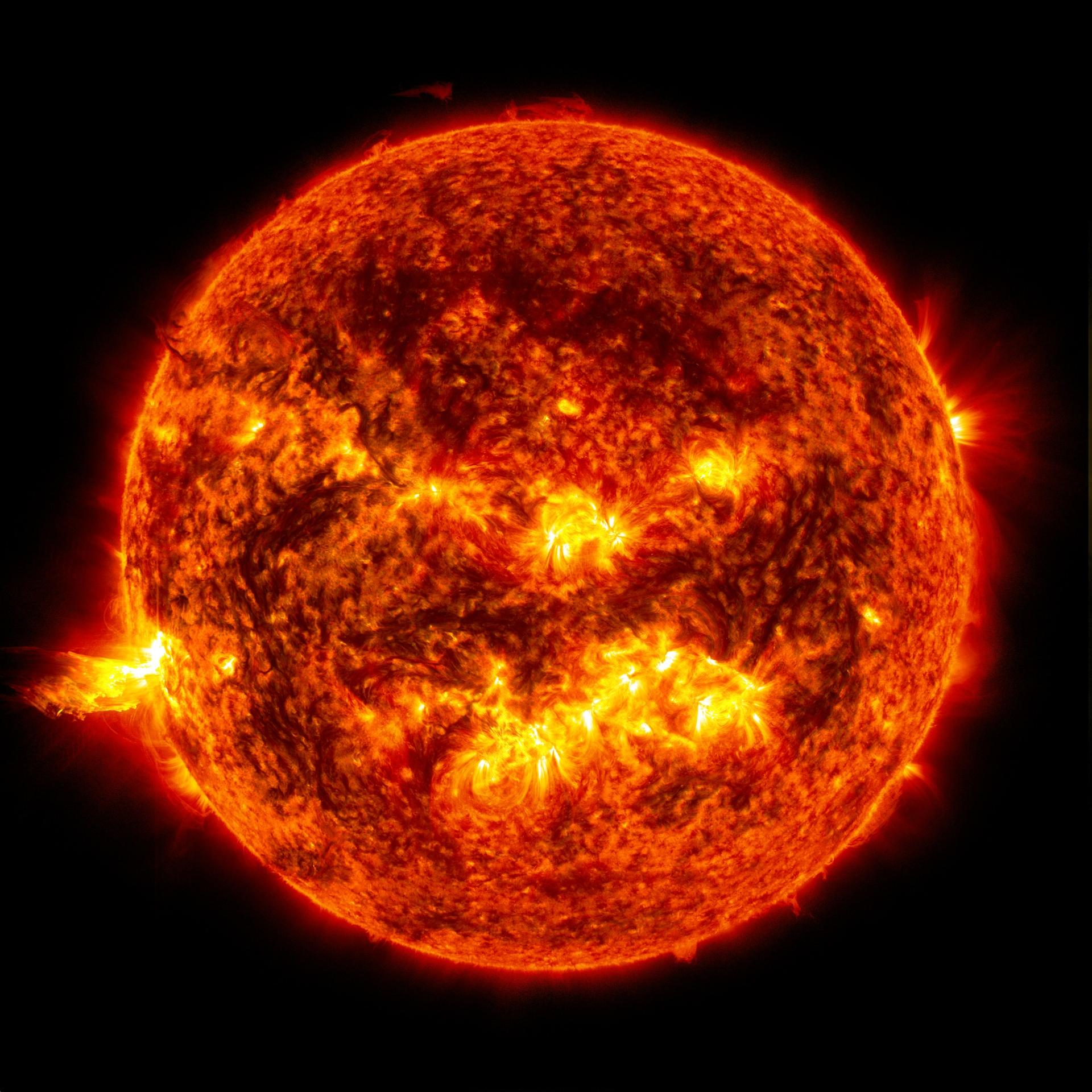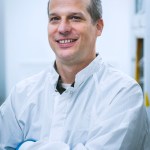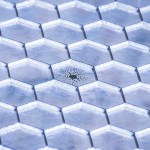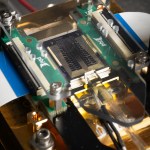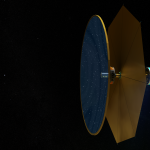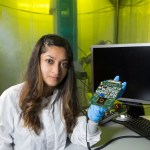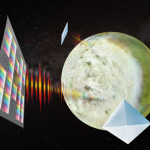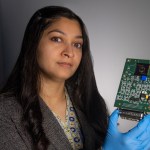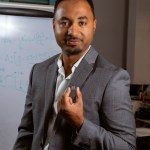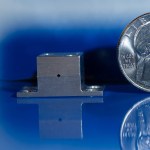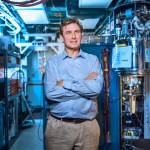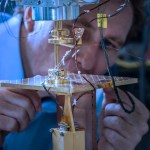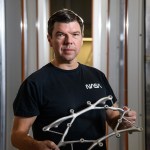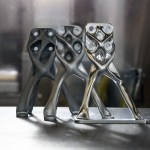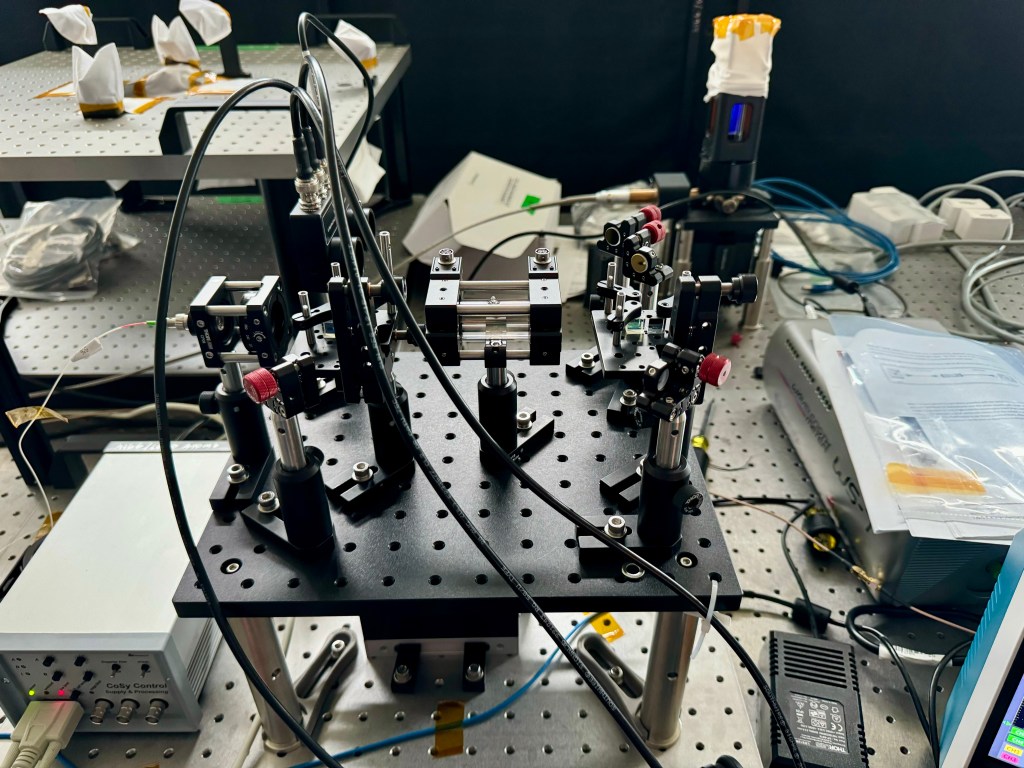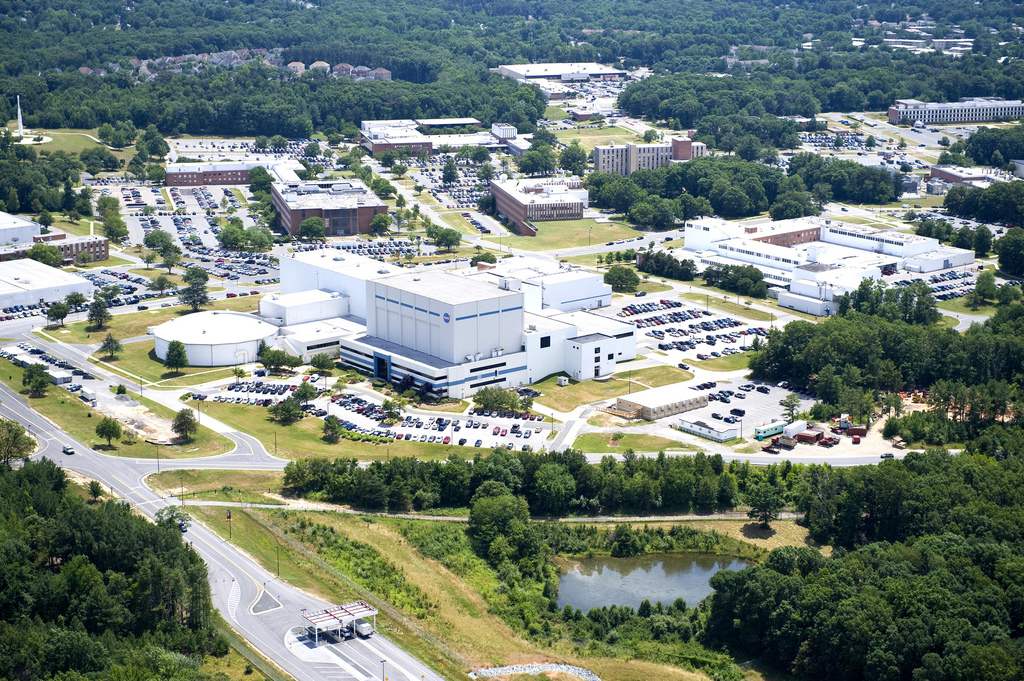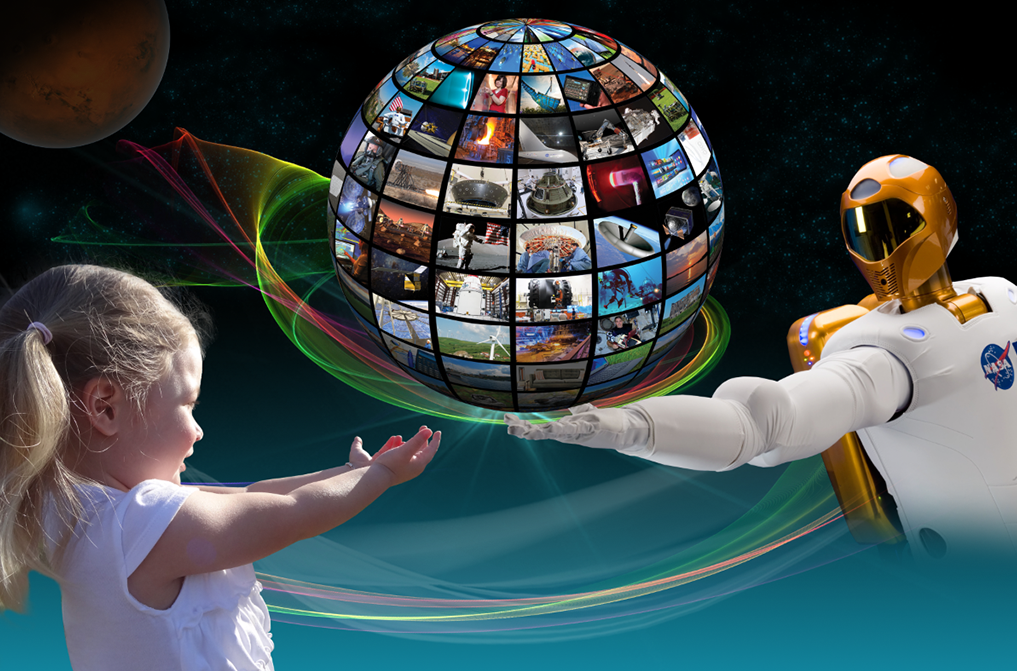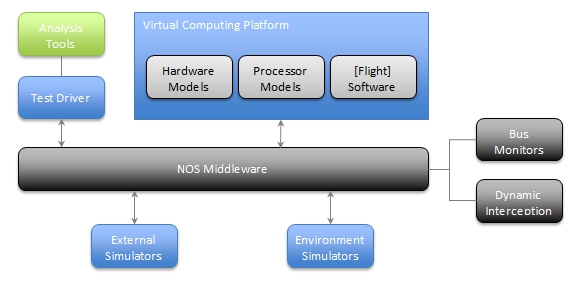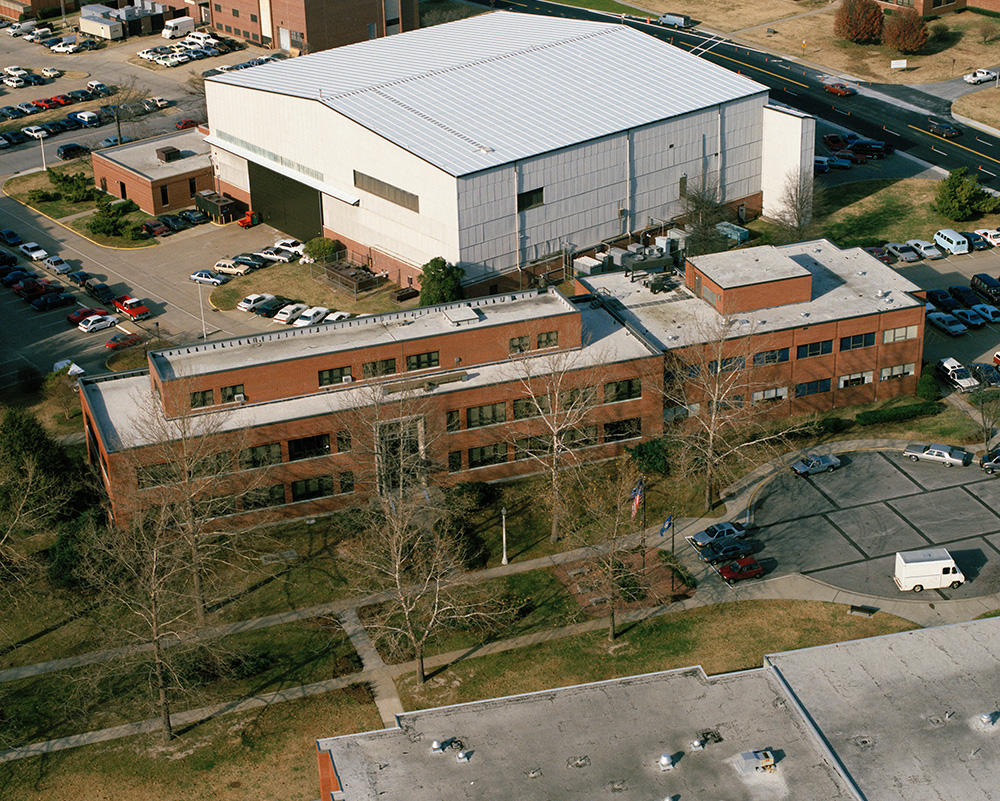
Goddard Technology
Driven to push the boundaries of our scientific and technical limits, we then develop the tools and technologies to push beyond.
GODDARD'S INNOVATORS
Goddard’s Chief Technologist
Goddard’s Office of the Chief Technologist supports advanced technology research and development to enable NASA’s mission.
As the primary point of contact for technology innovation, Goddard’s OCT manages the center’s internal technology investments and assists with long-range planning to promote well-integrated, strategic, and opportunity-driven investigations. We manage Goddard’s Internal Research and Development (IRAD) program and NASA’s Center Innovation Fund in alignment with the center’s major science and exploration strengths, or Lines of Business.
We foster strong collaboration and partnerships through the Goddard Working Group, comprising Assistant Chiefs of Technology from key divisions across the Engineering and Technology Directorate, the Sciences and Exploration Directorate, the Flight Programs and Projects Directorate, and NASA’s Wallops Flight Facility. This board provides valuable insights and advice to Goddard’s management on technology matters.
Focus Areas and Capabilities
Goddard plays a pivotal role across all aspects of NASA’s missions. Goddard's technology research and development fall into these Lines of Business.
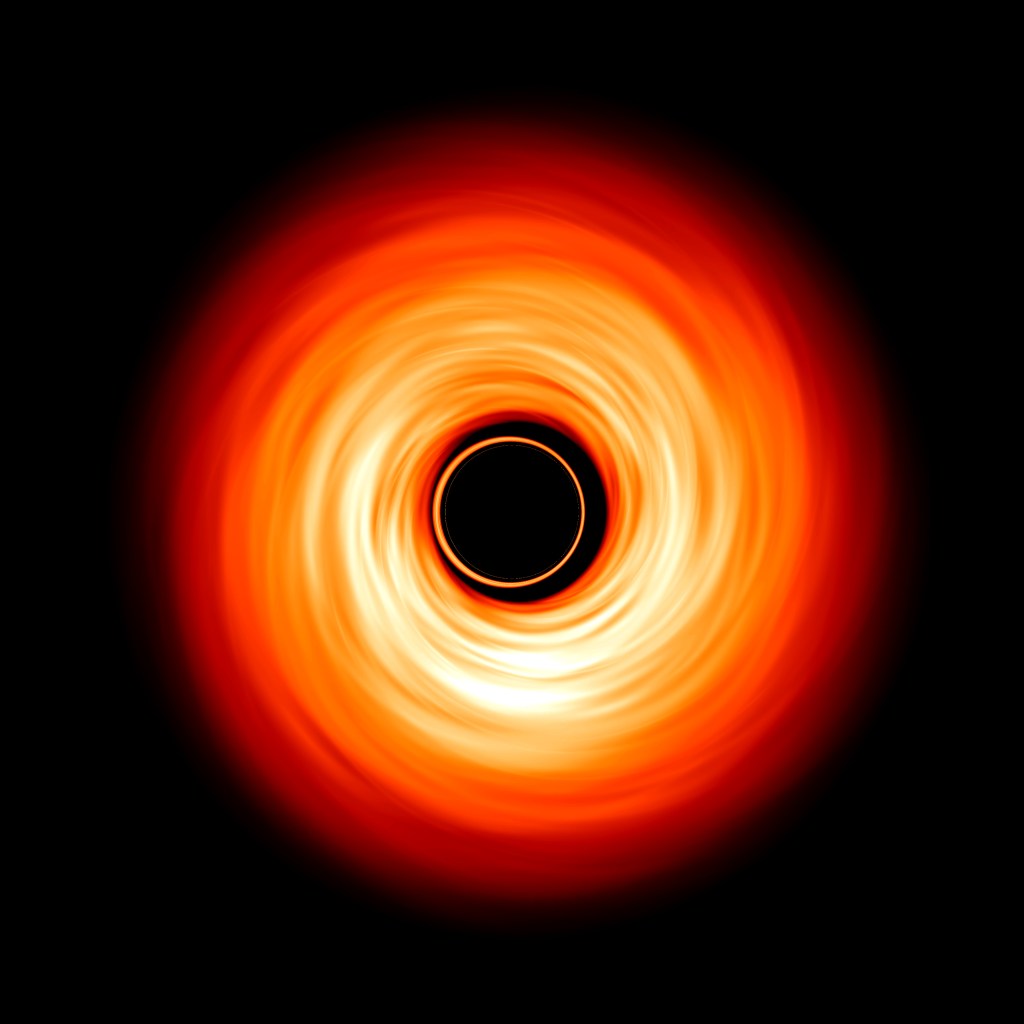
Terrestrial Resource and Hazard Prediction (TRaHP)
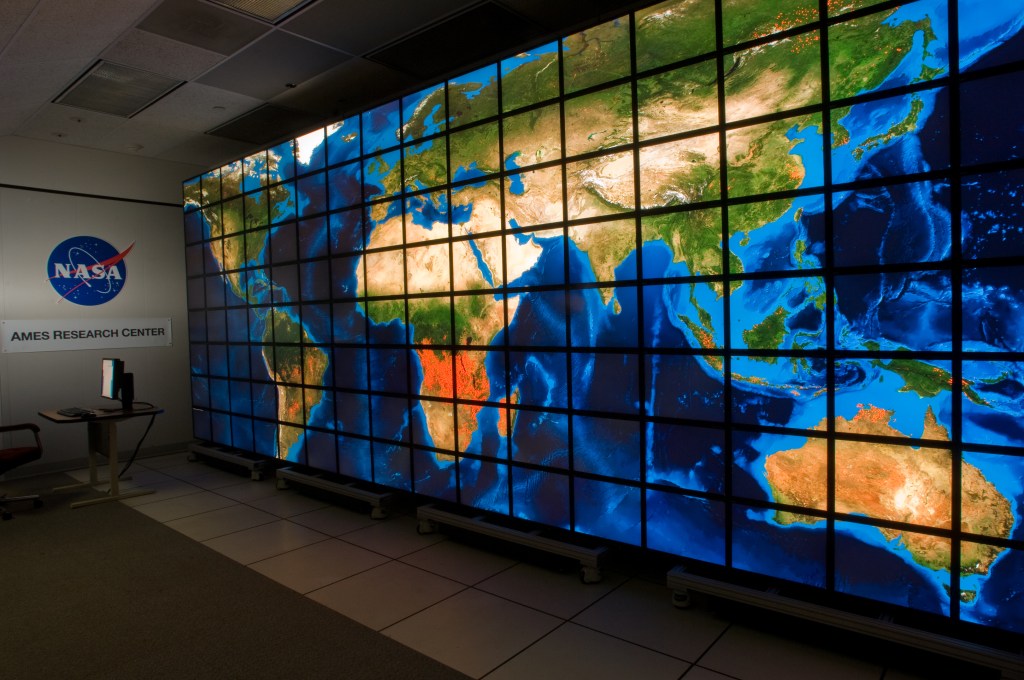
Advancing Solar System Exploration and Technology (ASSET)
